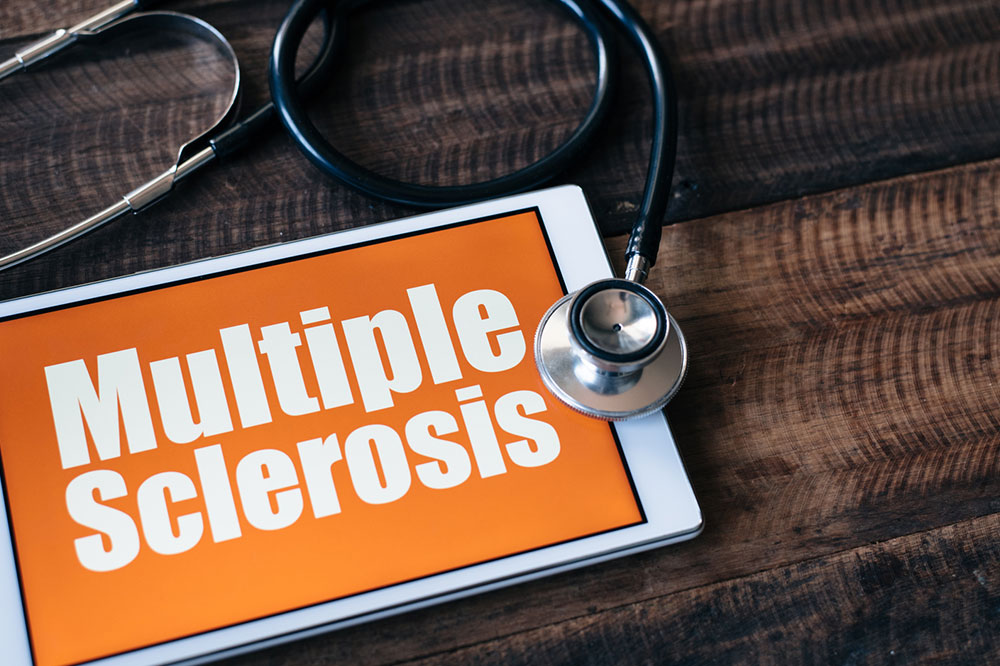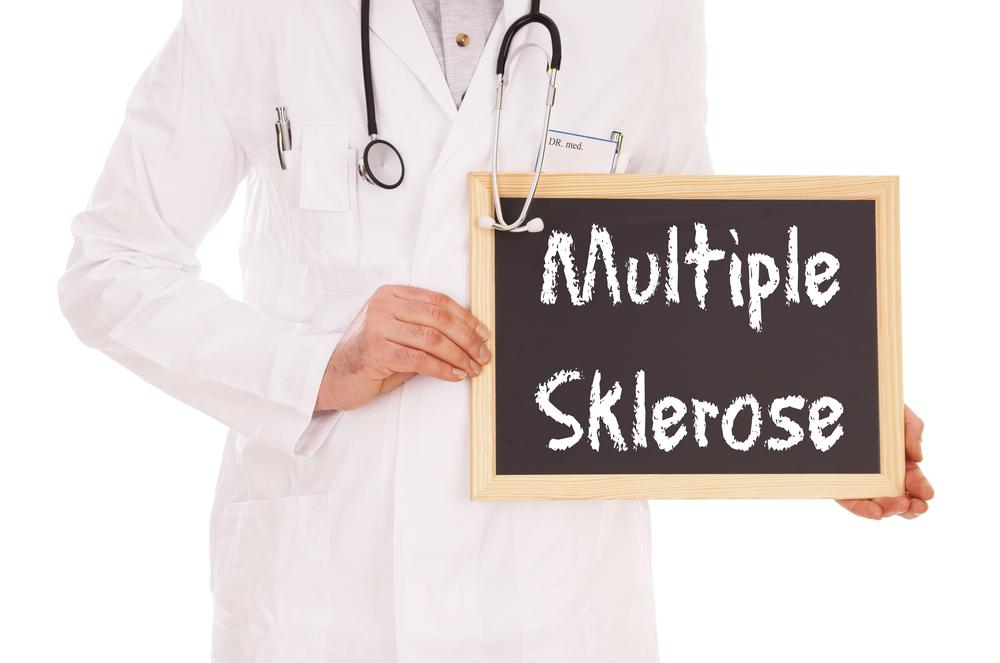Comprehensive Guide to Understanding and Managing Multiple Sclerosis
This comprehensive guide delves into multiple sclerosis (MS), a neurological disorder affecting the brain and spinal cord. It explains the symptoms, diagnostic procedures including MRI and lumbar puncture, and current management strategies like corticosteroids and plasma exchange. Although there is no cure yet, advancements in treatment aim to slow disease progression and alleviate symptoms. Early diagnosis is critical, and a multidisciplinary approach provides the best quality of life for MS patients. Stay informed about the latest research and management options for this complex condition.

Comprehensive Guide to Understanding and Managing Multiple Sclerosis
Multiple sclerosis (MS) is a complex neurological disorder that primarily affects the central nervous system, specifically the brain and spinal cord. It is a chronic disease characterized by damage to the myelin sheath, the protective covering that surrounds nerve fibers. This damage disrupts communication between the brain and the rest of the body, leading to a wide array of symptoms that can vary significantly from person to person. Recognizing the signs early and understanding the management strategies are crucial for maintaining quality of life and slowing disease progression.
Recognizing the Symptoms of Multiple Sclerosis
MS manifests through a diverse range of symptoms, making early diagnosis challenging. Common symptoms include persistent numbness or tingling sensations in the limbs or face, muscular weakness, difficulty with coordination and balance, and problems with vision such as blurred or double vision. Cognitive impairments, including issues with concentration, memory, and decision-making, can also occur. Additionally, patients may experience bladder and bowel control problems, fatigue, muscle stiffness or rigidity, and in some cases, emotional instability such as depression or mood swings. These symptoms often fluctuate, with periods of relapse and remission, which adds complexity to diagnosis and management.
How Is Multiple Sclerosis Diagnosed?
diagnosing MS requires a thorough and systematic approach to rule out other health conditions that may present similar symptoms. Healthcare professionals typically begin with a comprehensive medical history and physical examination to evaluate neurological function. To confirm diagnosis, a combination of tests is employed:
Blood Tests – While blood tests do not directly diagnose MS, they are essential in excluding other conditions such as infections, vitamin deficiencies, or autoimmune diseases that can mimic MS symptoms. Ongoing research is exploring specific biomarkers in blood that could improve early detection and prognosis.
Lumbar Puncture (Spinal Tap) – This procedure involves extracting cerebrospinal fluid (CSF) from the spinal canal. The analysis of CSF can reveal abnormal immune activity, the presence of oligoclonal bands, or other indicators supporting an MS diagnosis. It helps differentiate MS from infections and other neurological conditions.
Magnetic Resonance Imaging (MRI) – MRI scans are instrumental in visualizing lesions or plaques in the brain and spinal cord. The presence of multiple lesions disseminated in time and space provides compelling evidence of MS. Modern MRI technology also helps monitor disease progression and response to treatment.
Is There a Cure for Multiple Sclerosis?
Currently, multiple sclerosis has no known cure. It is a lifelong condition, but advances in medical research have significantly improved the possibilities for managing symptoms and delaying progression. Treatment strategies focus on modifying the disease course, managing relapses, alleviating symptoms, and improving overall functional capacity.
Common therapeutic approaches include:
Corticosteroids – Drugs like methylprednisolone and prednisone are used to reduce nerve inflammation during relapses. While effective at decreasing acute symptoms, they may have side effects such as increased blood pressure, mood swings, and osteoporosis if used long-term.
Plasma Exchange (Plasmapheresis) – In cases where high-dose steroids are ineffective, plasma exchange can be an option. This treatment involves removing blood plasma, filtering out harmful antibodies or immune components, and returning the treated plasma to the patient, effectively reducing immune-mediated nerve damage.
Besides these, disease-modifying therapies (DMTs) are utilized to slow disease progression and reduce relapse frequency. Physical therapy, occupational therapy, and lifestyle modifications, including diet and exercise, are integral to holistic management of MS. Emerging treatments and ongoing research continue to hold promise for more effective interventions in the future.
Early diagnosis and tailored management plans are key to improving the quality of life for individuals living with MS. Patients are encouraged to work closely with healthcare providers to develop comprehensive treatment strategies and remain vigilant about symptom changes.





